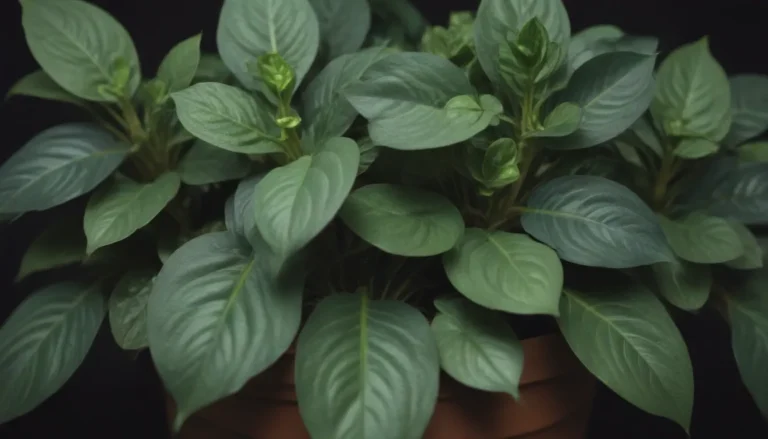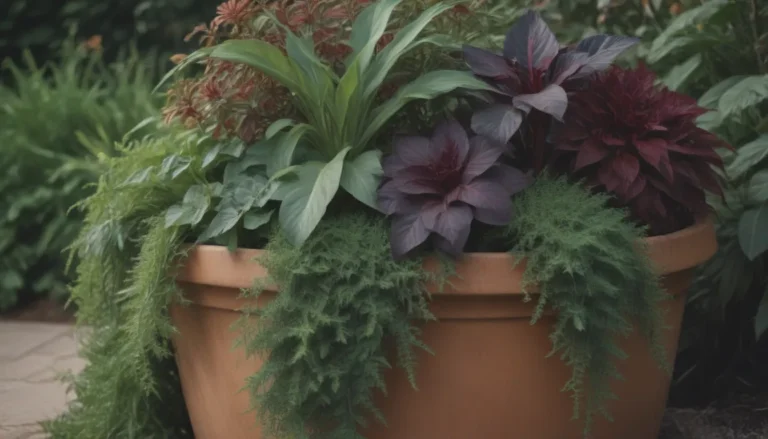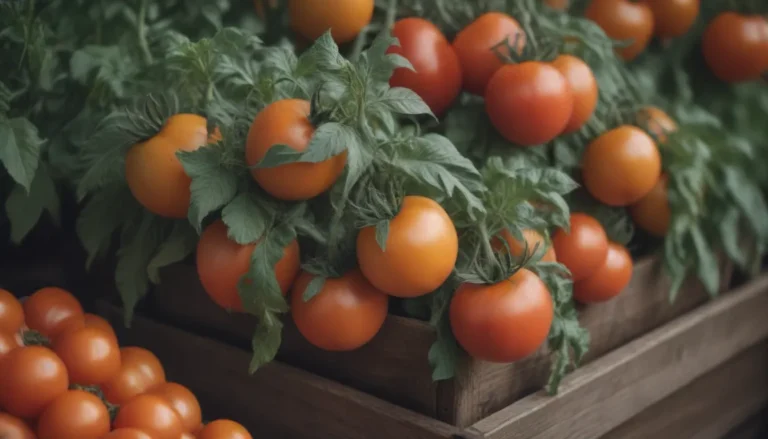A Comprehensive Guide to Watering Outdoor Plants

Watering outdoor plants is a crucial aspect of gardening, but finding the right balance can be challenging. Too much water can lead to root rot and other issues, while too little can result in wilting and stunted growth. In this in-depth guide, we will explore the best practices for watering a variety of outdoor plants, including vegetables, herbs, potted plants, trees, shrubs, flowerbeds, and new plants/transplants. By understanding the specific needs of each plant type, you can ensure that your garden thrives throughout the seasons.
Understanding the Watering Needs of Outdoor Plants
When it comes to watering outdoor plants, several factors come into play. It’s essential to consider the type of plant, the season, the weather conditions, and the soil moisture levels. By paying attention to these factors, you can provide your plants with the right amount of water they need to thrive. Here are some key considerations to keep in mind:
- Plant Type: Different plants have varying water requirements. Some plants, like succulents, are drought-tolerant and require minimal watering, while others, like vegetables, need more frequent watering.
- Season: The watering needs of plants can change depending on the season. In the summer, plants may require more water due to high temperatures and increased evaporation rates.
- Soil Moisture: Checking the soil moisture levels is crucial in determining when to water your plants. Dry soil indicates the need for watering, while overly wet soil can signal overwatering.
How Often to Water Different Types of Outdoor Plants
Vegetables Gardens
In a vegetable garden, the rule of thumb is to provide one to two inches of water per week. However, this amount may need to be adjusted based on the season and weather conditions. During hot weather or when crops are flowering, vegetables may need daily watering to support healthy growth and fruit production. Checking the soil moisture by inserting your finger into the soil is a reliable way to determine when to water.
Herbs
Herbs have varying water requirements based on their leaf structure. While drought-tolerant herbs like rosemary and thyme can go without water for extended periods, herbs with thin leaves such as basil and parsley may need more frequent watering during dry spells. Providing about one inch of water per week is typically sufficient for most herbs.
Potted Plants
Plants in containers have higher watering needs than those grown in the ground due to factors like sun exposure and container size. To prevent dehydration, check the soil moisture by inserting your finger into the soil. In hot weather, potted plants may require daily watering to stay hydrated. Water deeply and slowly to ensure that water reaches the plant’s roots.
Trees and Shrubs
The watering needs of trees and shrubs depend on factors like plant species and weather conditions. Native plants are well-adapted to local climate conditions and may not require regular watering once established. Non-native species, on the other hand, may need supplemental watering during dry periods to ensure healthy growth. Fruit trees and shrubs have specific watering requirements during critical growth stages like flowering and fruit development.
Flowerbeds
Water needs for flower beds vary depending on the plant species and soil conditions. Annuals, which have a short growth period, may require more frequent watering compared to perennials. Providing water two to three times a week during hot weather can help annuals thrive, while perennials typically need watering once a week to support steady growth.
New Plants and Transplants
Newly planted plants and transplants require extra care and attention to establish their root systems. Watering frequency should be increased during the initial planting period to ensure that the plants receive enough moisture to grow. Herbaceous perennials may need watering twice a week initially, while trees and shrubs may require daily watering during the first few weeks after planting.
Tips for Efficient Watering
- Watering Deeply: Ensure that water reaches the plant’s roots by watering deeply and slowly at the base of the plant.
- Checking Soil Moisture: Regularly check the soil moisture levels by inserting your finger into the soil to determine when to water.
- Mulching: Mulching around plants helps retain soil moisture, keep the soil cool, and suppress weed growth.
By following these tips and guidelines, you can ensure that your outdoor plants receive the right amount of water to thrive and flourish. Remember to tailor your watering schedule to the specific needs of each plant type and adjust as needed based on seasonal changes and weather conditions. With proper watering practices, you can enjoy a healthy and vibrant garden year-round.





